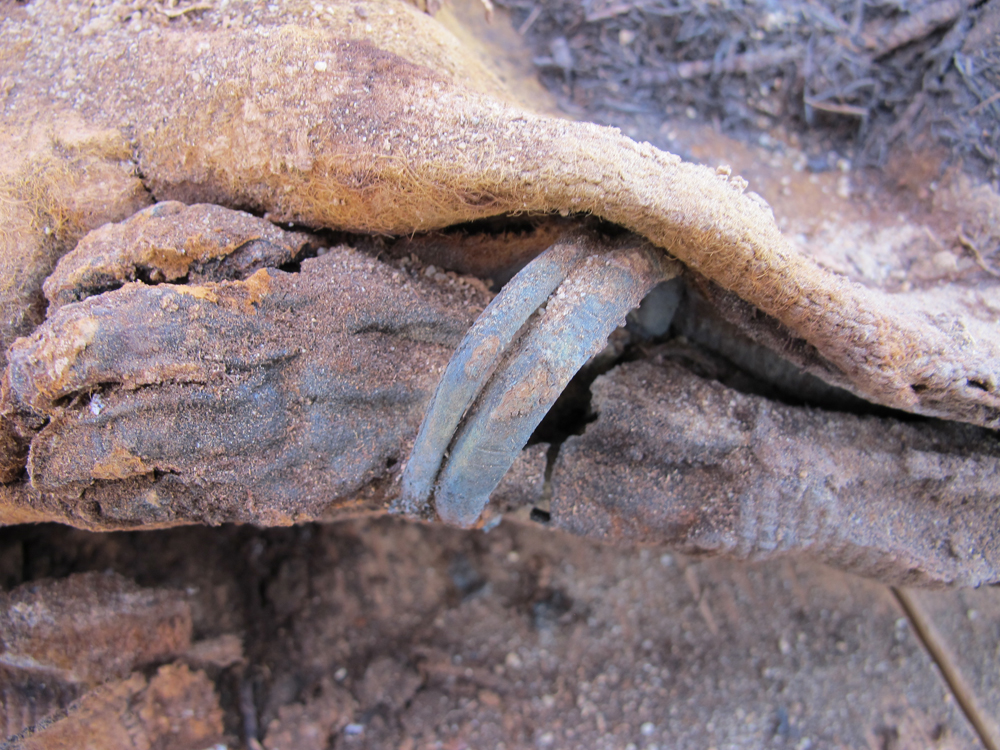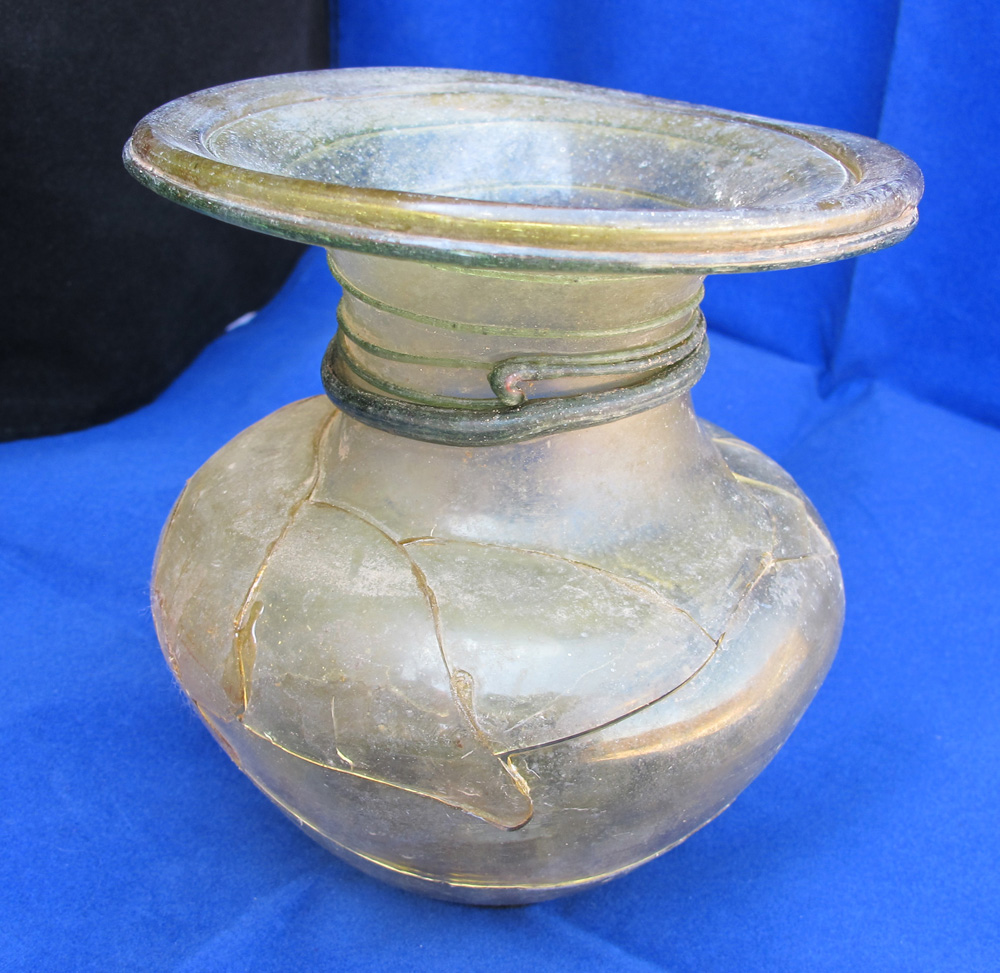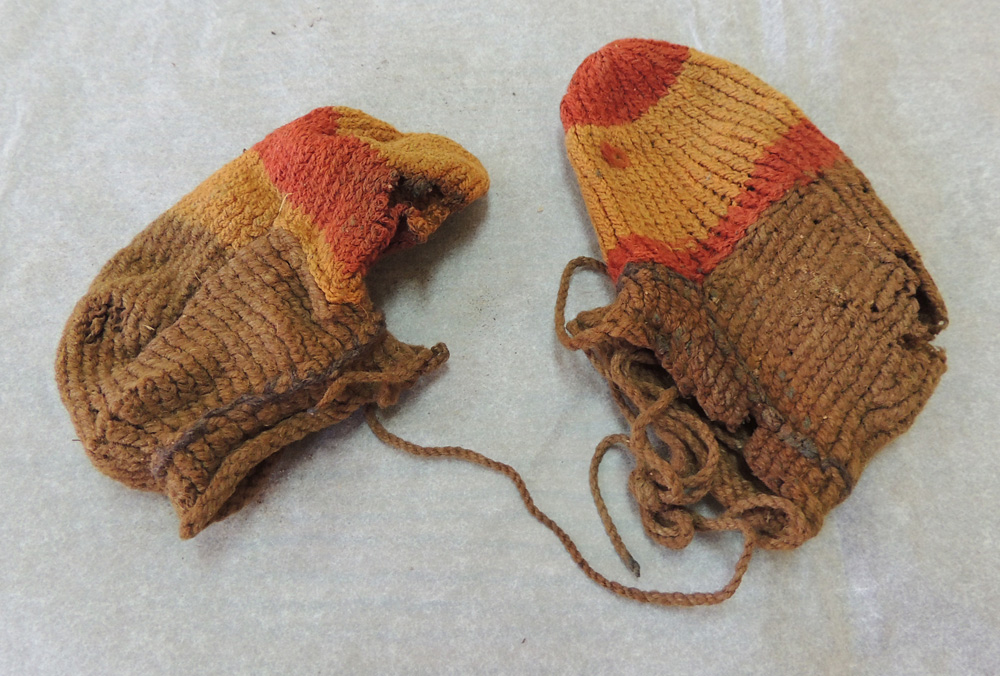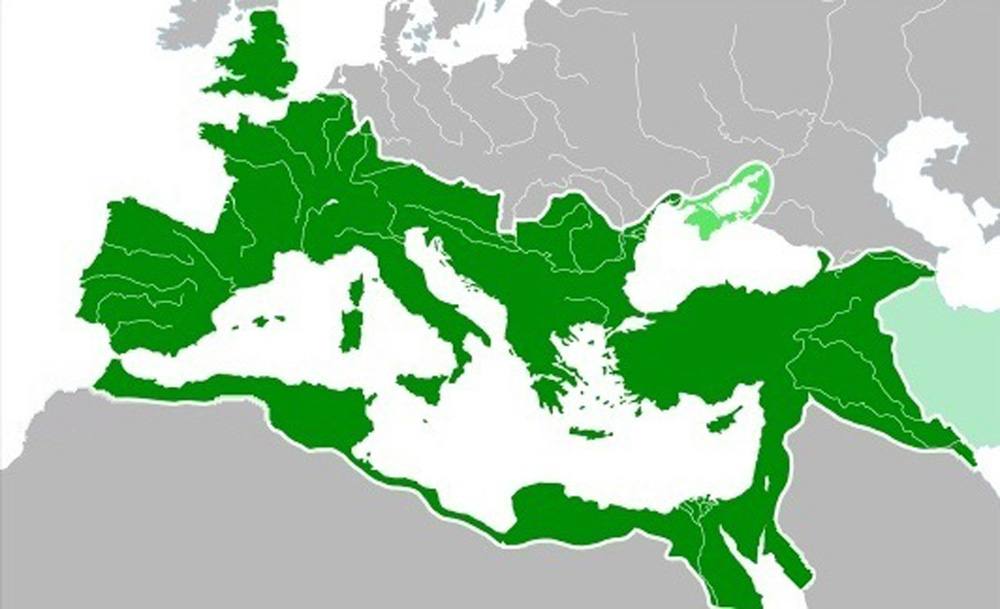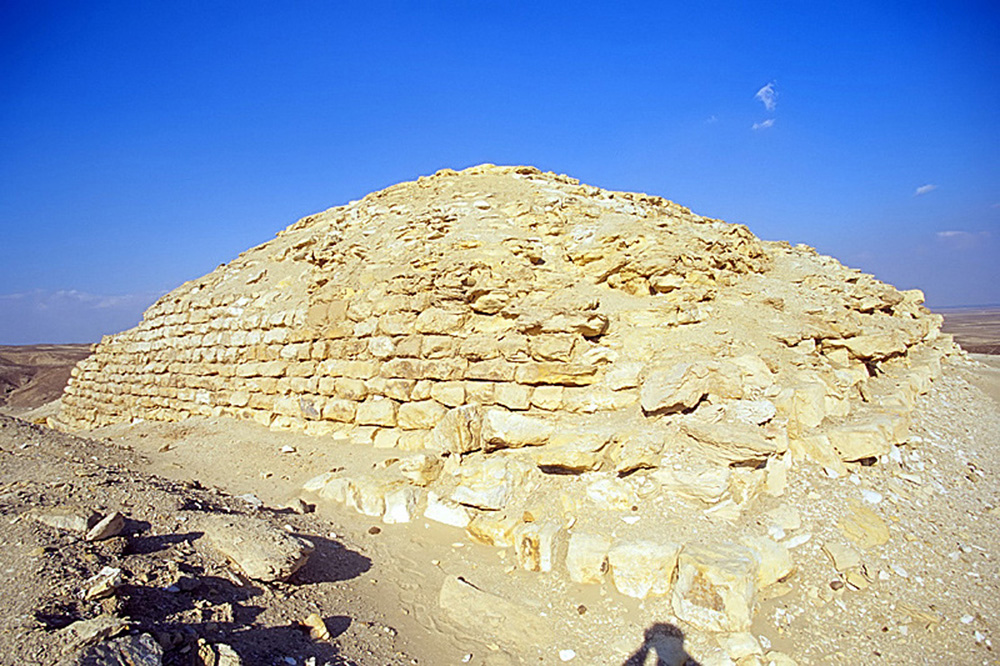Photos: Ancient Egyptian Cemetery with 1 Million Mummies
An ancient Egyptian cemetery that contains more than 1 million mummies was unearthed by a team of archaeologists from Brigham Young University in Provo, Utah. Many of the mummies, including the remains of a child, date to the time when the Roman or Byzantine Empire ruled Egypt, from the 1st century to the 7th century A.D. [Read full story about the million-mummy cemetery]
Homage to the unknown
Archaeologists are investigating the cemetery, called Fag el-Gamous, which contains more than 1 million mummies. The people buried in this cemetery tended to be relatively poor, the researchers said. Their internal organs were rarely removed and it was the arid natural environment that mummified them. This particular image is of a child, around 18 months old, who was wrapped in a tunic and buried with a necklace and two bracelets on each arm. The jewelry suggests the mummy is a girl, but the researchers cannot be sure. (Photo courtesy Professor Kerry Muhlestein)
Giving all they had
Although the people buried in the cemetery were relatively poor, the researchers noted that what little wealth the individuals had was poured into the burials. This image shows a fine example of ancient glasswork found in the cemetery. (Photo courtesy Professor Kerry Muhlestein)
Amazing preservation
These booties were designed for a child. Their colors are remarkably well preserved, given that more than 1,000 years have passed since they were created. (Photo courtesy Professor Kerry Muhlestein)
Get the world’s most fascinating discoveries delivered straight to your inbox.
Belongings left behind
Textiles were commonly found in the cemetery, and this image shows a well-preserved example. (Photo courtesy Professor Kerry Muhlestein)
Location of the cemetery
Most of the burials in the cemetery took place when Egypt was part of the Roman or Byzantine Empire. This map shows the Roman Empire at its greatest extent in A.D. 117. In the 4th century, the Roman Empire was split in two, with the eastern half forming the Byzantine Empire. The Byzantine Empire controlled Egypt up until A.D. 641. (Map in public domain, courtesy Wikimedia Commons)
Ancient pyramid excavation
In addition to the cemetery, the Brigham Young University team is also investigating a small pyramid that was built more than 4,500 years ago by the pharaoh Snefru. The pyramid predates the cemetery by more than two millennia. (Photo by Roland Unger, Attribution-ShareAlike 3.0 Unported, courtesy Wikimedia Commons)
Follow Live Science @livescience, Facebook & Google+.

Owen Jarus is a regular contributor to Live Science who writes about archaeology and humans' past. He has also written for The Independent (UK), The Canadian Press (CP) and The Associated Press (AP), among others. Owen has a bachelor of arts degree from the University of Toronto and a journalism degree from Ryerson University.


